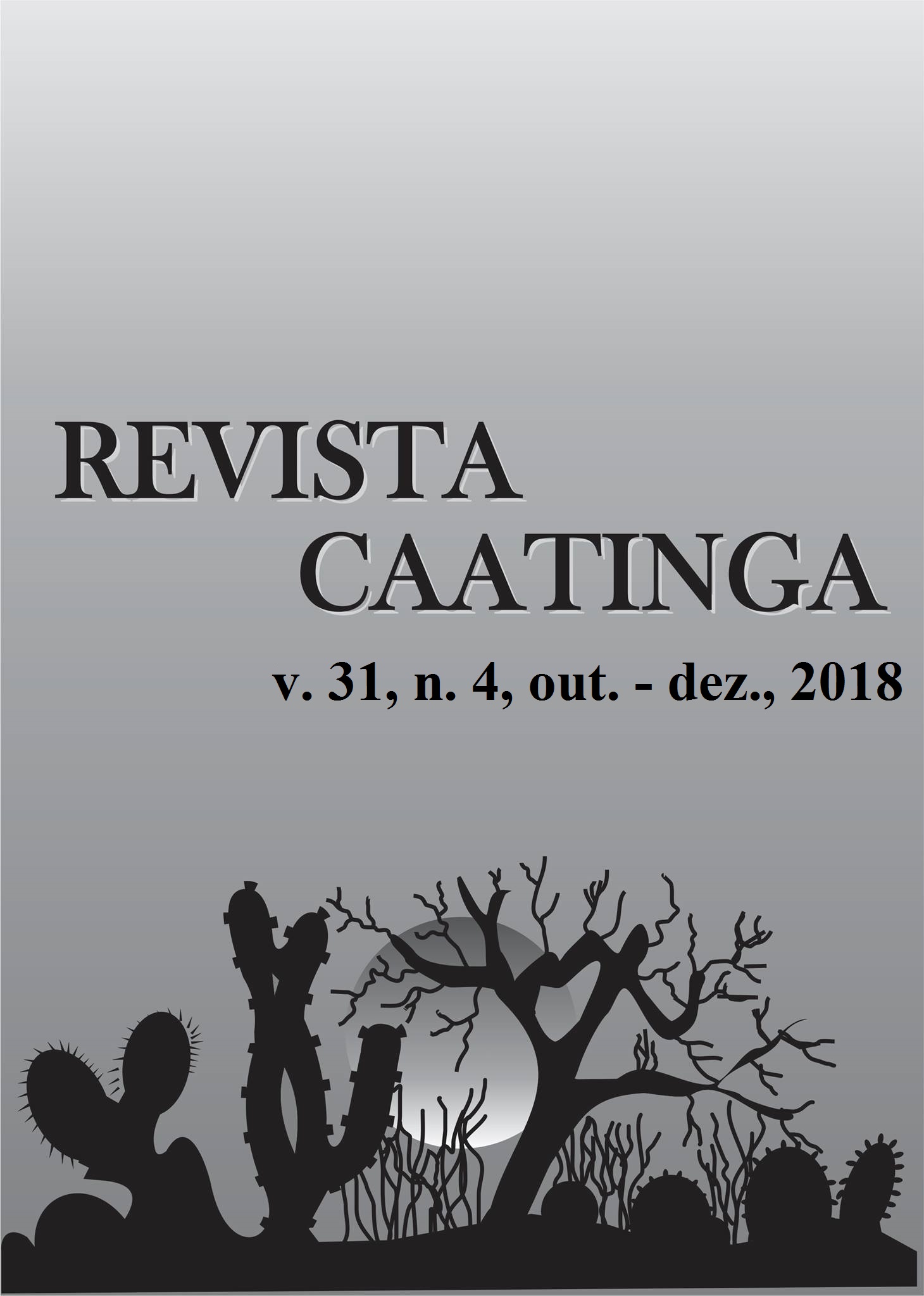HYDRAULIC PERFORMANCE OF DRIPPERS APPLYING SANITARY LANDFILL LEACHATE DILUTED IN WATER
DOI:
https://doi.org/10.1590/1983-21252018v31n422rcKeywords:
Urban solid waste. Leachate. Emitters. Clogging.Abstract
Drip irrigation with diluted sanitary landfill leachate favors the development of grasses on the landfill surface, however, the clogging of emitters of the irrigation systems is the major obstacle for this practice. The objective of this study was to select empirical models of the Christiansen's uniformity coefficient, distribution uniformity coefficient, and statistical uniformity coefficient of drip irrigation sets applying sanitary landfill leachate diluted in water as a function of time of operation, and quality of the effluent. An experiment was conducted in a completely randomized experimental design with three replicates, using a split-split plot arrangement, with operating pressures (70, 140, 210, and 280 kPa) in the plots, types of drippers (G1, 1.65 L h-1; G2, 2.0 L h-1; and G3, 4.0 L h-1) in the subplots, and operating time of the drip irrigation sets (0, 20, 40, 60, 80, 100, 120, 140, and 160 hours) in the sub-subplots. Data regarding hydraulic performance and effluent quality were acquired every 20 hours during 160 hours of operation and subjected to simple and multiple regression analyses. The G3 dripper operating at pressures of 70 and 140 kPa were the combinations that best attenuated biofilm clogging. The linear regression and square root were the models that best represented the reduction in the uniformity of the effluent application as a function of the operating time of the drip irrigation sets. The linear correlations denoted that calcium contents and total coliform population rates were the characteristics of the sanitary landfill leachate that most affected the drip clogging process.
Downloads
Downloads
Published
Issue
Section
License
Os Autores que publicam na Revista Caatinga concordam com os seguintes termos:
a) Os Autores mantêm os direitos autorais e concedem à revista o direito de primeira publicação, com o trabalho simultaneamente licenciado sob a Licença Creative Commons do tipo atribuição CC-BY, para todo o conteúdo do periódico, exceto onde estiver identificado, que permite o compartilhamento do trabalho com reconhecimento da autoria e publicação inicial nesta revista, sem fins comerciais.
b) Os Autores têm autorização para distribuição não-exclusiva da versão do trabalho publicada nesta revista (ex.: publicar em repositório institucional ou como capítulo de livro), com reconhecimento de autoria e publicação inicial nesta revista.
c) Os Autores têm permissão e são estimulados a publicar e distribuir seu trabalho online (ex.: em repositórios institucionais ou na sua página pessoal) a qualquer ponto antes ou durante o processo editorial, já que isso pode gerar alterações produtivas, bem como aumentar o impacto e a citação do trabalho publicado (Veja O Efeito do Acesso Livre).







